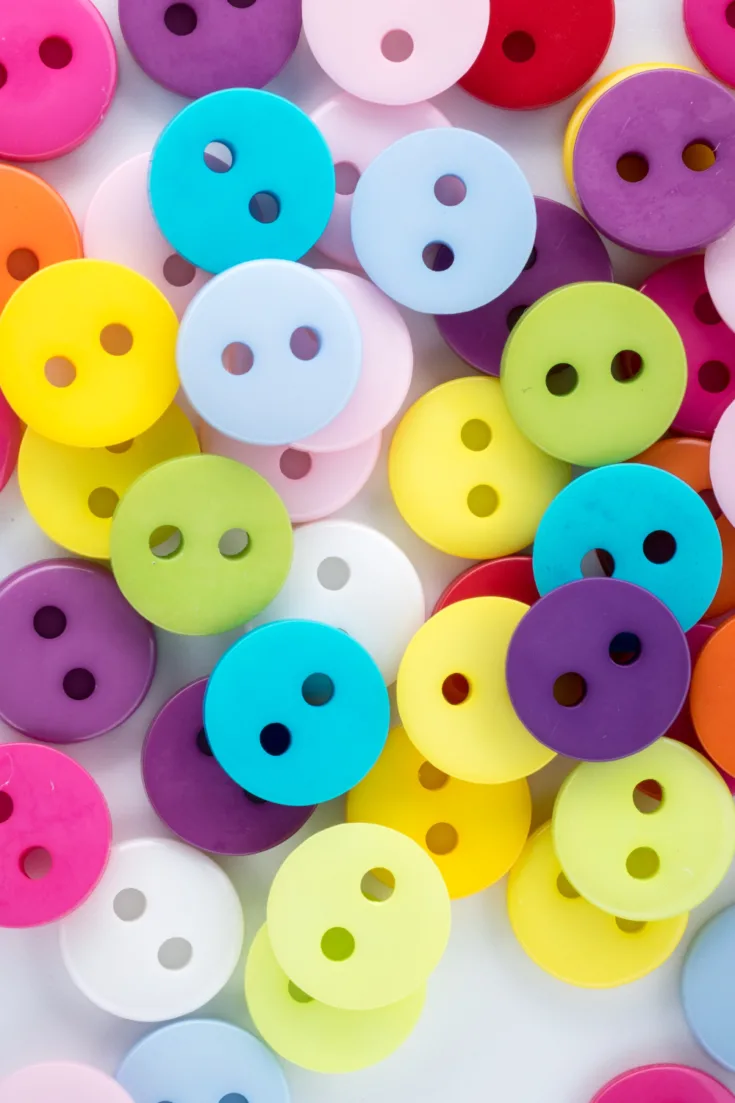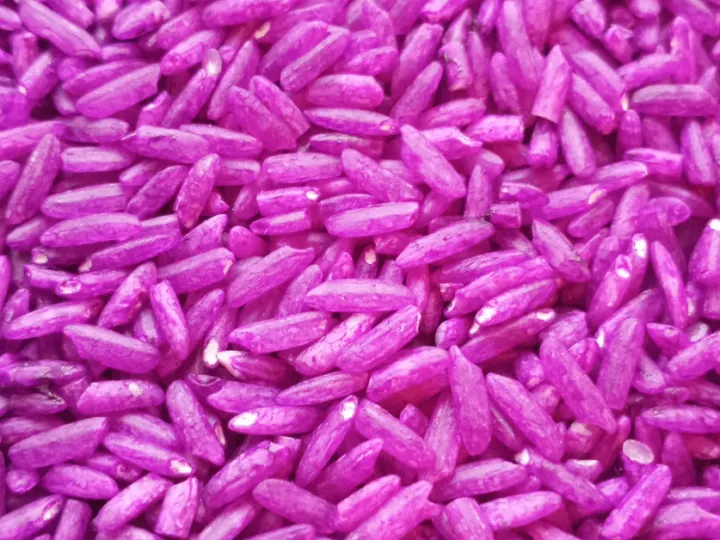Children learn best through hands on activities. Incorporate sensory play activity into your child’s life and you will increase your child’s…
-Fine motor skills
-Speech and language development
-Curiosity
-Early educational concepts like arithmetic and science
-Problem solving skills
and so much more!
But thinking of sensory bin fillers to include in your child’s sensory play activities can get tiresome! Don’t worry, sensory play doesn’t have to be difficult and time consuming.
You can make an interactive sensory experience for your child with simple everyday objects laying around your house!
Disclosure: Bear in mind that some of the links in this post are affiliate links and if you click on them to make a purchase I will earn a commission. Keep in mind that I link these companies and their products because of their quality and not because of the commission I receive from your purchases. The decision is yours, and whether or not you decide to buy something is completely up to you.
Ideas For Sensory Bin Fillers
Buttons
Have a pile of random buttons laying in a drawer somewhere? Then use them as sensory bin fillers! Buttons are great for helping your child learn:
-Color recognition (have your child sort buttons by color into small piles or into small bowls)
-Learning shapes (sorting shapes buttons by each shape helps your child learn shapes for preschool)
-Small vs. Big (have your child sort buttons by big and little)

Shaving Cream
Shaving cream is one of the ultimate sensory bin fillers because it let’s your child experience different textures.
It’s not only simple shaving cream, but the cream is also ‘cold,’ ‘slimy,’ ‘white,’ and other descriptive words your child didn’t associated with shaving cream before. This helps your child learn new descriptive vocabulary.
But shaving cream does not work for children who still like to taste everything!
If you are looking for a taste-safe option to shaving cream, you can always fill a bin with Cool-Whip!
Shaving cream or Cool-Whip alone is kind of boring, so add in some drops of food coloring, plastic animals, spoons and cups for scooping, and hidden plastic alphabet letters/magnets.
Related Articles: 14 Incredible Sensory Toys For Children With Autism
How to Create A Christmas Sensory Bin
The Best Educational Sensory Items Available On Etsy
Rice
Rice is an easy and very handy sensory bin item found in almost everyone’s kitchen pantry.
Although rice can get messy with spills outside of bins, it is still an amazing filler to help your child understand small object movement and activates multiple senses like touch and sound at the same time!
Simple white rice will do well for adding food coloring to dye the rice different colors. Once the rice is dry, add any other sensory objects like small plastic animals to encourage your child’s imagination.
Rice can also be used for early writing skills by have your child take their finger or a stick/pencil to write upper and lower case letters and numbers into the rice.
Shredded paper
While shredded paper may not seem like much of a good time, they actually provide a great sensory experience!
Not only does it allow your child to search for objects in mounds of paper it also let’s your child experience unique sounds when moved.
Noodles
Dry noodles will make fun clanging sounds, while wet noodles provide a slimy texture sensory experience. Be advised that some children may not like the texture of wet noodles.
However, I’ve found wet (colored) noodles to be beneficial for introducing my son to textures he doesn’t like due to his sensory issues.
He hates getting his hands dirty especially with anything sticky or slimy textures.
Sensory bin fillers with sticky textures like wet noodles work wonders to help get him use to or desensitized to sticky textures.

Mud
Messy, but very fun for kids! I would highly recommend using mud as a sensory bin filler for outside use only! It makes for a much easier clean up when you have a hose nearby.
The best part about mud is it’s the easiest filler you can have and I guarantee you can find dirt and water.
So use mud as a “dirty” station for Little People animals and have your child find and wash off the mud in a “clean” station with soap and water (another sensory bin).
Final Thoughts
Sensory bins are an incredible and educational tool to awaken all your child’s senses at once! But it doesn’t have to be overly complicated.
You can find ideas for sensory bin fillers all around you. Just take a look and get creative! What other everyday objects do you like to add to sensory bins for your littles?

